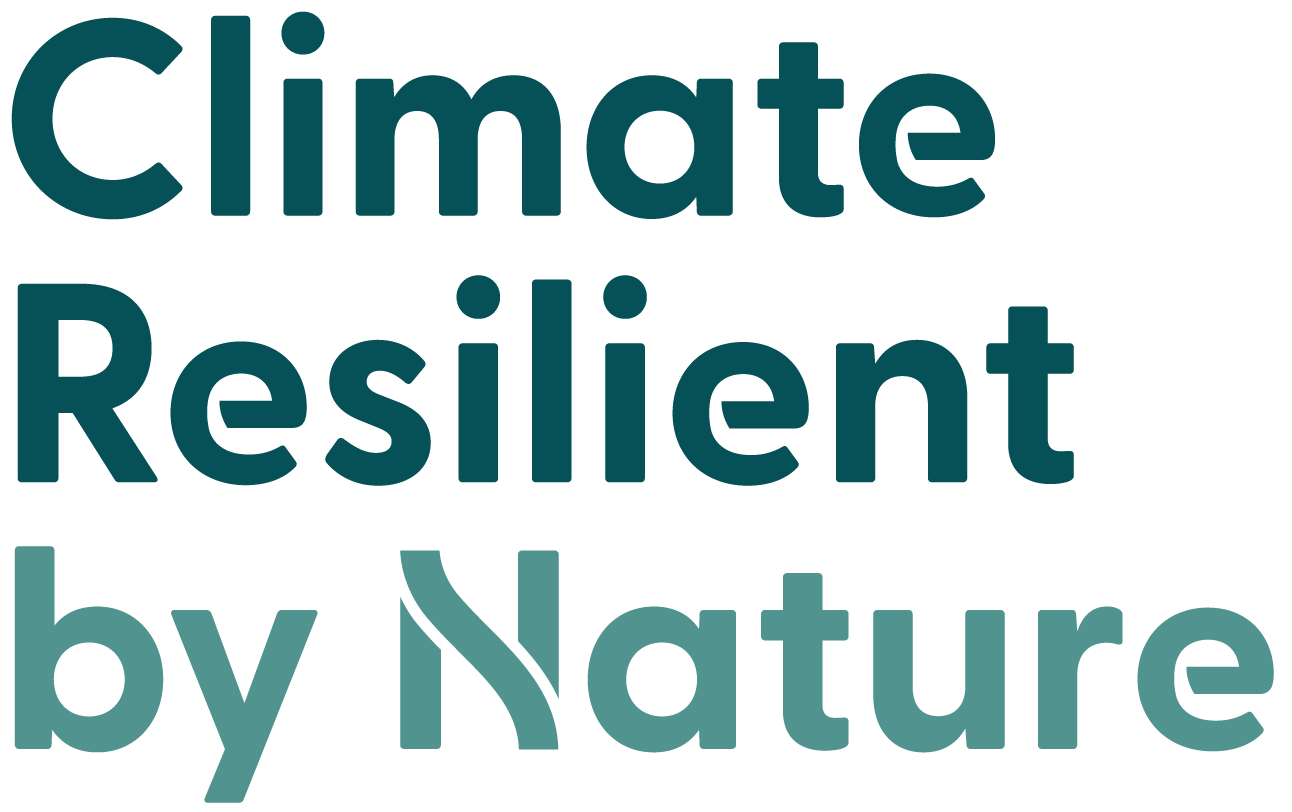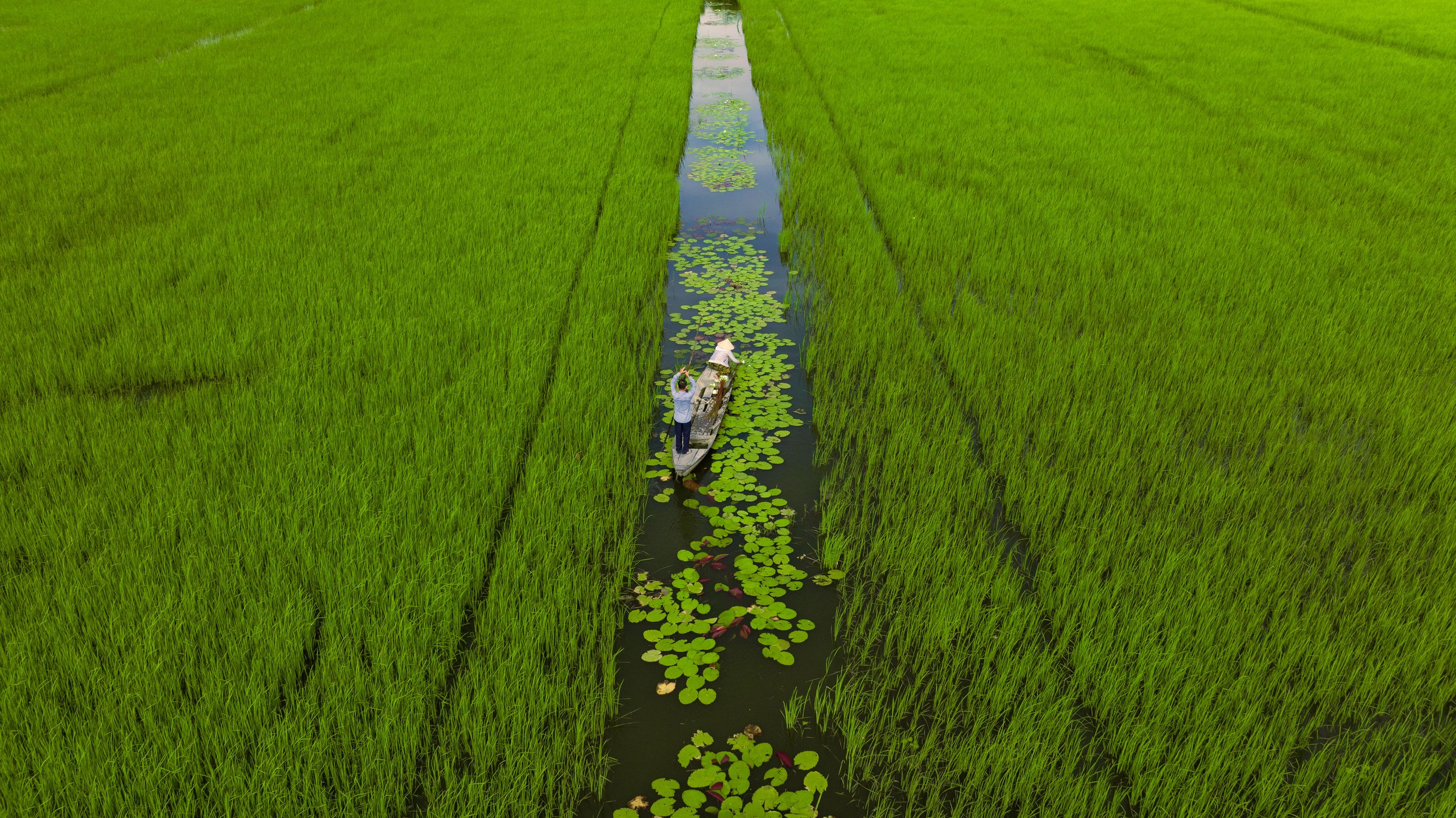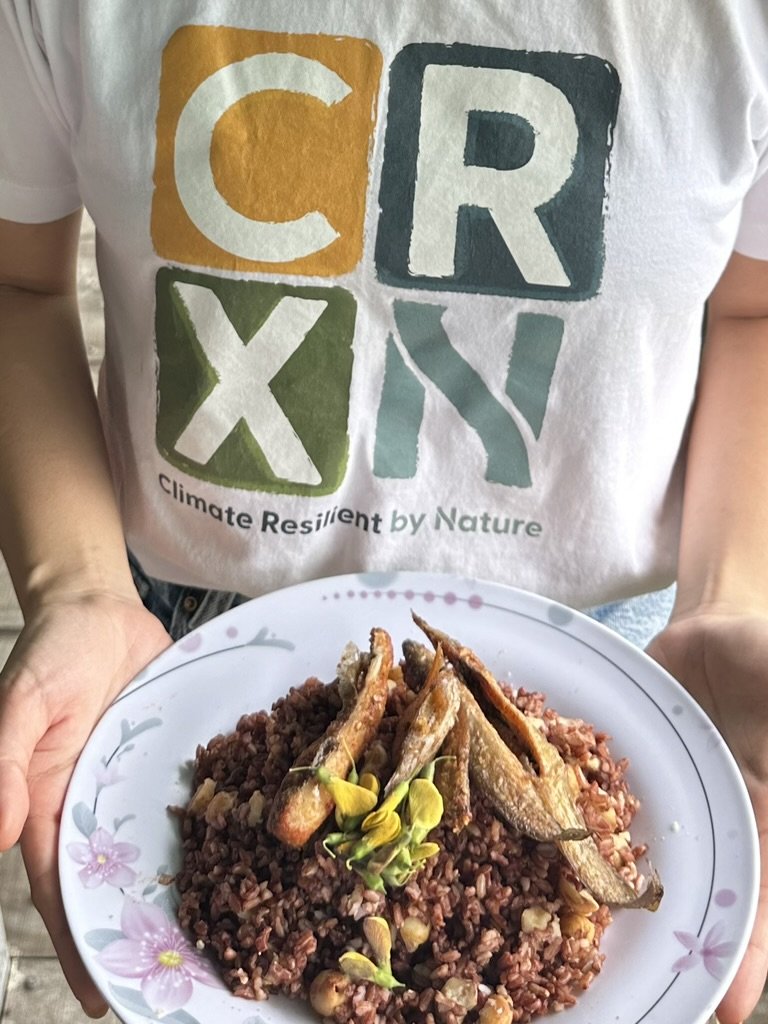Building climate resilience in Vietnam
Floating rice fields - © WWF-Viet Nam / Cham Team
Climate Resilient by Nature (CRxN) is an Australian Government initiative in partnership with WWF-Australia. CRxN supports projects that restore and protect critical ecosystems, build sustainable livelihoods, and increase resilience to climate shocks. This includes WWF-Viet Nam’s Climate Resilient by Nature - Mekong Project.
The Mekong Delta is famed for being able to support three rice harvests per year. However, the third harvest which occurs during the natural flood season, brings with it a range of challenges.
To grow rice during this time, farmers construct dykes and rely on large amounts of pesticides and fertilisers. These chemicals leach into the environment, polluting waterways and poisoning native fish populations. This third harvest disrupts natural, seasonal flooding which rejuvenates the soil. As a result, this is causing the rice fields to decline in fertility and eventually, they will become non-productive. In addition, climate change has impacted the Asian monsoon, leading to more frequent and severe floods and droughts. These events devastate crops and aquatic ecosystems, causing significant disruptions to rural livelihoods.
Floating rice © WWF Vietnam
WWF-Viet Nam’s Climate Resilient by Nature - Mekong Project (CRxN Mekong) offers a more sustainable approach to rice cultivation through the introduction of an ancient variety of floating rice alongside environmentally mindful fish-raising practices as part of wide-reaching nature based-solutions in coordination with broad education initiatives.
As part of this, WWF-Vietnam is working with farmers to harness traditional knowledge and develop income-generating activities to adapt to flooding. By transitioning the third rice crop to nature-based farming, whereby farmers allow river water to flood their fields, a "floating" rice can be grown. Sediment from the flood water acts as a natural fertiliser allowing the rice and fields to thrive. The results? A healthier farming model for the local environment and benefits for the community through improved food security and crop yield.
Once harvested, the rice is sold domestically and abroad as well as used for value-added products such as rice milk, rice noodles and rice flour. In addition, as the rice does not need pesticides, the waters are safe for raising fish. Native species that can be harvested in the waters that not only offer a great source of income but also reduce illegal or irresponsible fishing practices in the area.
This year, a successful pilot of flood-based fish farming, and integrated floating rice-fish farm across multiple harvest seasons was undertaken in two communes in Vietnam. The pilot demonstrated a reduction in input costs (such as for items like fertiliser) and improved income generation for farmers, as well as environmental benefits including improved water retention and sediment quality. In addition, WWF-Vietnam also secured a new contract with an exporter to transport and sell remaining yield of floating rice noodles in Germany.
This project is supported by Climate Resilient by Nature (CRxN) and the Mekong Australia Partnership — Water, Energy Climate.




